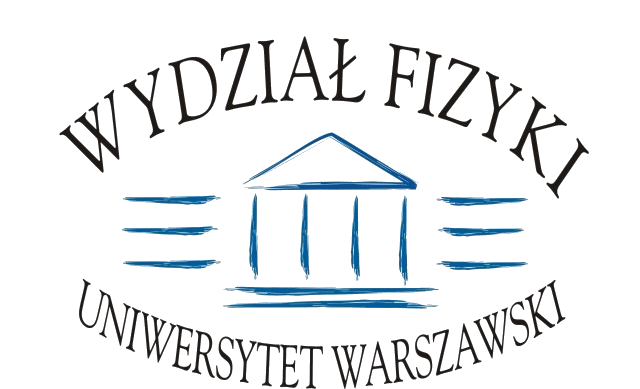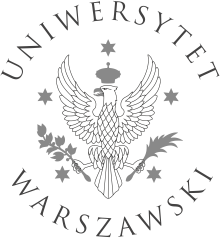Seminarium Optyczne
2006/2007 | 2007/2008 | 2008/2009 | 2009/2010 | 2010/2011 | 2011/2012 | 2012/2013 | 2013/2014 | 2014/2015 | 2015/2016 | 2016/2017 | 2017/2018 | 2018/2019 | 2019/2020 | 2020/2021 | 2021/2022 | 2022/2023 | 2023/2024 | 2024/2025 | 2025/2026 | Seminarium na YouTube
Application of machine learning techniques and neural networks in the development of nanostructured optical fibers
The Hybrid Sampling method for the statistics of a Bose gas
Nanophotonics with transition metal dichalcogenide nanoparticles and metasurfaces
Quantum droplets at nonzero temperature
Mid-infrared optical frequency comb spectroscopy using an all-silica antiresonant hollow-core fiber
The seminar is cancelled
Optical excitation and stabilization of ultracold field-linked tetratomic molecules
The motivation of this work is to develop a methodology to create deeper bound tetramers starting from the loosely bound FL tetramers. We envisage extending the tools for photoassociation of ultracold atoms to produce molecules in the excited electronic states, and stimulated Raman adiabatic passage (STIRAP) transfer of weakly bound diatoms to deeply bound molecules in the ground vibronic state via an excited intermediate state. We investigate similar routes of creating deeply bound tetramers starting from weakly bound states or a pair of colliding diatoms. We consider static-electric field shielded alkali diatomic molecules initially in their ground electronic X1Σ+ + X1Σ+ pair state. We identify the excited electronic manifold X1Σ+ + b3Π0 for photoassociation and an intermediate state for STIRAP transfer to deeply bound states in the X+X manifold. For this, we develop shielding methods for X+b and predict Frank-Condon factors (FCFs) between FL states of X+b and X+X. We also predict photoassociation spectra for shielded molecules to form FL tetramers in X+b manifold. We obtain favourable FCFs between ground and excited tetramer states and promising photoassociation spectra. Our theoretical results should guide future experiments for stabilizing weakly bound ultracold tetramers.
References
1. G. Wang and G. Quéméner, New J. Phys. 17, 035015 (2015).
2. T. Karman and J. M. Hutson, Phys. Rev. Lett. 121, 163401 (2018).
3. K. Matsuda et al., Science 370, 1324 (2020).
4. A. Schindewolf et al., Nature 607, 677 (2022).
5. N. Bigagli et al., Nat. Phys. 19, 1579 (2023).
6. X.-Y. Chen et al., Nature, 626, 283 (2024).
Towards an artificial muse for new ideas in Physics
[1] Krenn, Pollice, Guo, Aldeghi, Cervera-Lierta, Friederich, Gomes, Häse, Jinich, Nigam, Yao, Aspuru-Guzik, On scientific understanding with artificial intelligence. Nature Reviews Physics 4, 761 (2022).
[2] Krenn, Kottmann, Tischler, Aspuru-Guzik, Conceptual understanding through efficient automated design of quantum optical experiments. Physical Review X 11(3), 031044 (2021).
[3] Ruiz-Gonzalez, Arlt, et al., Digital Discovery of 100 diverse Quantum Experiments with PyTheus, Quantum 7, 1204 (2023).
[4] Krenn, Drori, Adhikari, Digital Discovery of interferometric Gravitational Wave Detectors, in press: Phys. Rev. X (2025), (https://arxiv.org/abs/2312.04258)
[5] Rodríguez, Arlt, Möckl, Krenn, Automated discovery of experimental designs in super-resolution microscopy with XLuminA, Nature Comm. 15, 10658 (2024)
[6] Krenn et al., Forecasting the future of artificial intelligence with machine learning-based link prediction in an exponentially growing knowledge network, Nature Machine Intelligence 5, 1326 (2023)
[7] Gu, Krenn, Interesting Scientific Idea Generation Using Knowledge Graphs and LLMs: Evaluations with 100 Research Group Leaders. arXiv:2405.17044 (2024).
Quantum metrology for quantum communications
Spatiotemporal light manipulation for nonlinear microscopy
Stron 1 z 3






